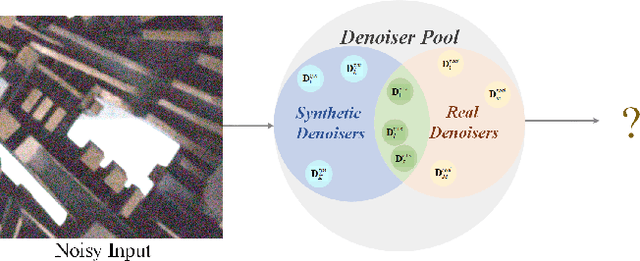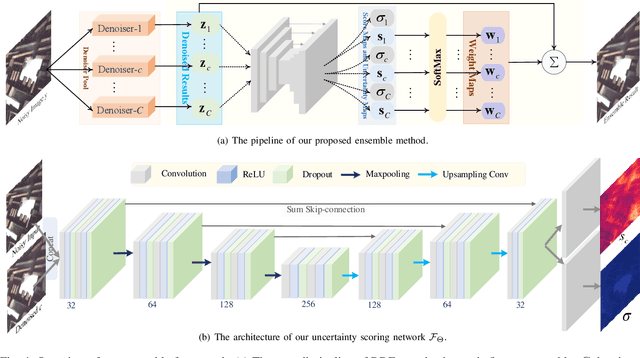Jinghui Wang
SRPO: A Cross-Domain Implementation of Large-Scale Reinforcement Learning on LLM
Apr 22, 2025Abstract:Recent advances of reasoning models, exemplified by OpenAI's o1 and DeepSeek's R1, highlight the significant potential of Reinforcement Learning (RL) to enhance the reasoning capabilities of Large Language Models (LLMs). However, replicating these advancements across diverse domains remains challenging due to limited methodological transparency. In this work, we present two-Staged history-Resampling Policy Optimization (SRPO), which surpasses the performance of DeepSeek-R1-Zero-32B on the AIME24 and LiveCodeBench benchmarks. SRPO achieves this using the same base model as DeepSeek (i.e. Qwen2.5-32B), using only about 1/10 of the training steps required by DeepSeek-R1-Zero-32B, demonstrating superior efficiency. Building upon Group Relative Policy Optimization (GRPO), we introduce two key methodological innovations: (1) a two-stage cross-domain training paradigm designed to balance the development of mathematical reasoning and coding proficiency, and (2) History Resampling (HR), a technique to address ineffective samples. Our comprehensive experiments validate the effectiveness of our approach, offering valuable insights into scaling LLM reasoning capabilities across diverse tasks.
Robust Deep Ensemble Method for Real-world Image Denoising
Jun 08, 2022



Abstract:Recently, deep learning-based image denoising methods have achieved promising performance on test data with the same distribution as training set, where various denoising models based on synthetic or collected real-world training data have been learned. However, when handling real-world noisy images, the denoising performance is still limited. In this paper, we propose a simple yet effective Bayesian deep ensemble (BDE) method for real-world image denoising, where several representative deep denoisers pre-trained with various training data settings can be fused to improve robustness. The foundation of BDE is that real-world image noises are highly signal-dependent, and heterogeneous noises in a real-world noisy image can be separately handled by different denoisers. In particular, we take well-trained CBDNet, NBNet, HINet, Uformer and GMSNet into denoiser pool, and a U-Net is adopted to predict pixel-wise weighting maps to fuse these denoisers. Instead of solely learning pixel-wise weighting maps, Bayesian deep learning strategy is introduced to predict weighting uncertainty as well as weighting map, by which prediction variance can be modeled for improving robustness on real-world noisy images. Extensive experiments have shown that real-world noises can be better removed by fusing existing denoisers instead of training a big denoiser with expensive cost. On DND dataset, our BDE achieves +0.28~dB PSNR gain over the state-of-the-art denoising method. Moreover, we note that our BDE denoiser based on different Gaussian noise levels outperforms state-of-the-art CBDNet when applying to real-world noisy images. Furthermore, our BDE can be extended to other image restoration tasks, and achieves +0.30dB, +0.18dB and +0.12dB PSNR gains on benchmark datasets for image deblurring, image deraining and single image super-resolution, respectively.
 Add to Chrome
Add to Chrome Add to Firefox
Add to Firefox Add to Edge
Add to Edge